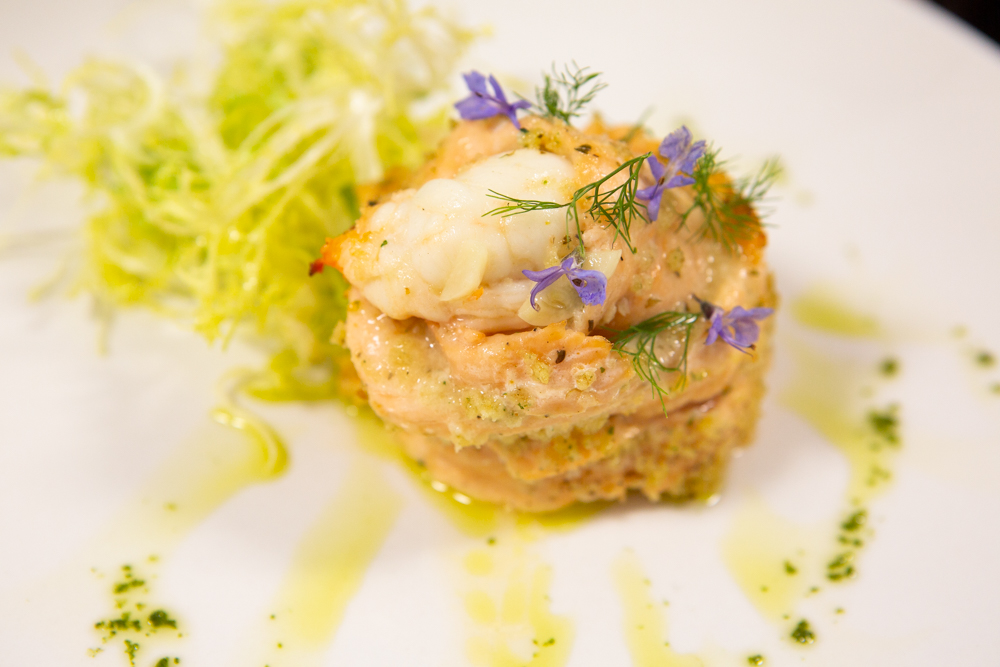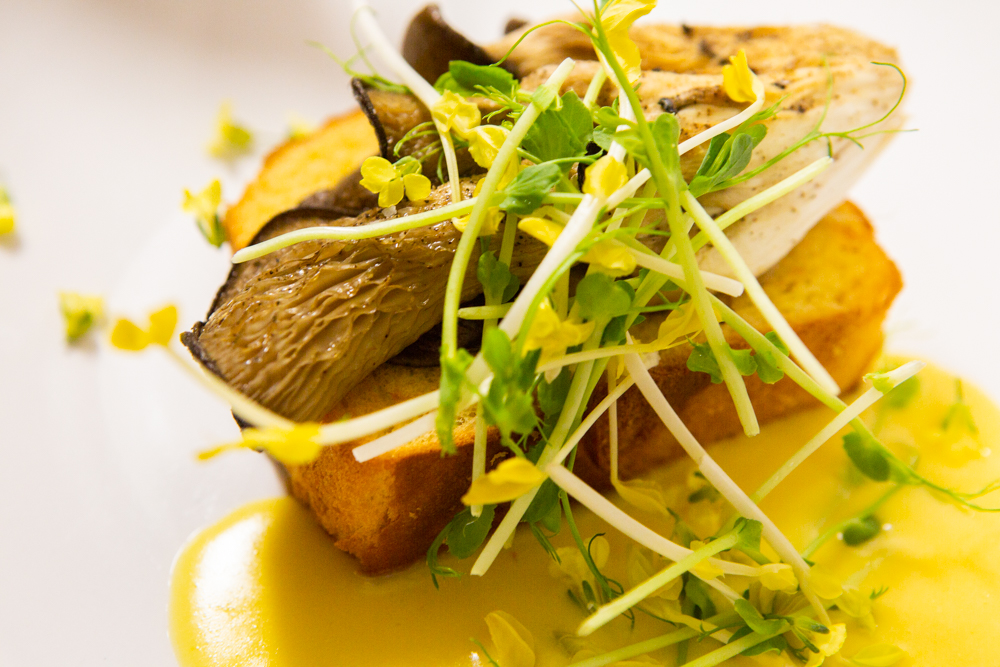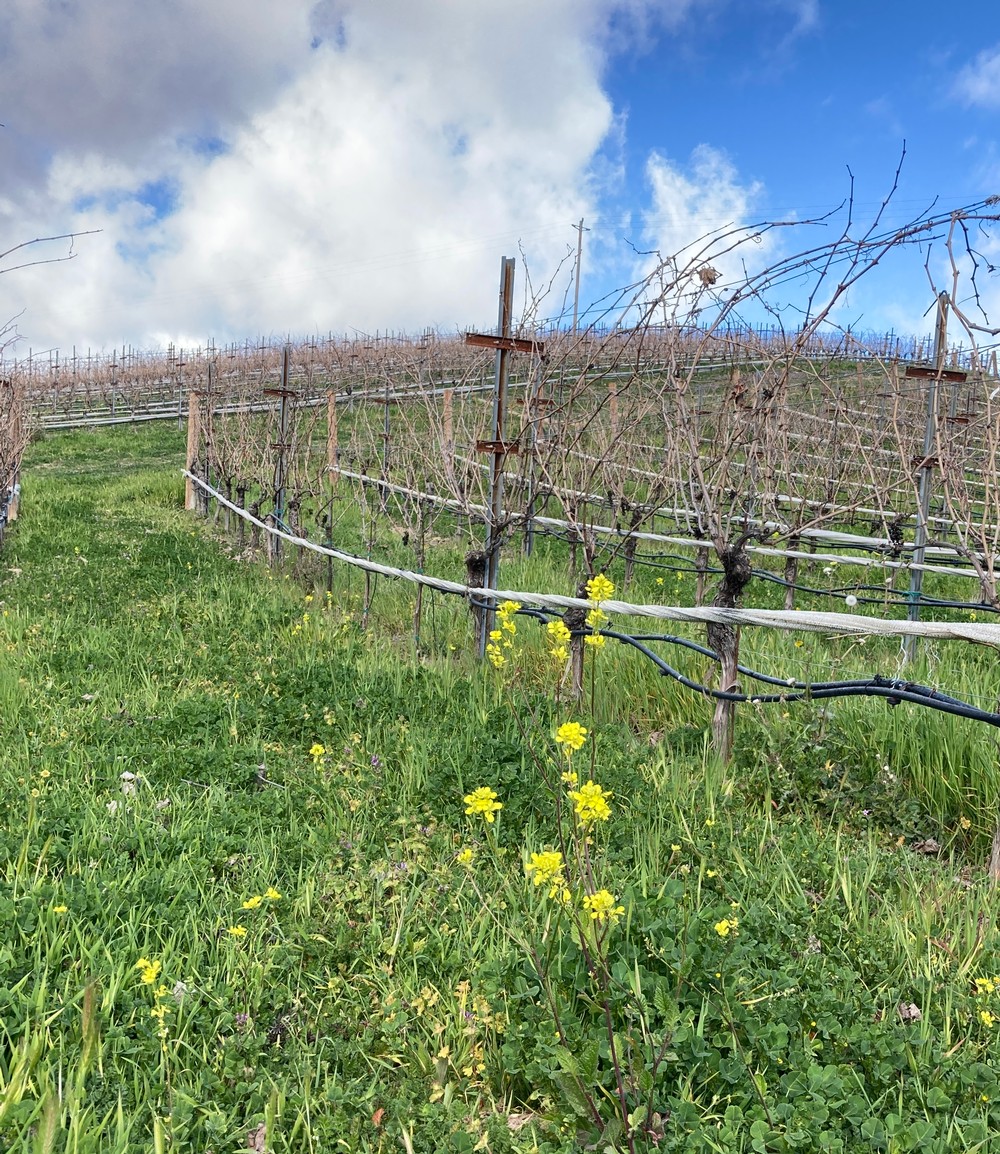Parrish Family Vineyard Blog
Keep up with the Parrish Family Vineyard!
Vines & Wines
Discover more about the Parrish vineyards & winery.
Wine & Food
Wine and food offerings and pairings.
Events
Learn more about upcoming Parrish events & specials!
Visit Paso Robles
Visiting Paso Robles soon? Learn of wineries, food, and lodging for your next trip to Paso Robles' wine country.
Library Dinner

On Saturday, March 5th, we were joined by our high-tier club members for our first Library Dinner featuring library wines by candlelight alongside Winemakers David Parrish and Cody Alt. The wines were paired with a four-course meal lovingly crafted by Assistant Chef, Ethan Ray, and Culinary Director, Cecily Parrish Ray. It was a beautifully intimate occasion giving members access to time with the winemakers and limited wines.
Welcomed with 2021 Rosé
served with fresh whipped butter, housemade walnut sourdough, and homemade cast iron focaccia
2013 Petite Sirah paired with Salmon Rosettes
salmon rosettes with lobster tails and brown butter bread crumbs served with a champagne frisée and basil oil
2013 Silken paired with Mushroom Toast
roasted local oyster mushrooms with brioche toast, pea shoots, garden broccoli blossoms, and a miso duck hollandaise
2013 Cabernet Sauvignon paired with Wild Boar Medallions
wild boar medallions wrapped in beef bacon, israeli couscous with smoked macadamias & black garlic, crispy sunchokes, braised leeks served with a currant silken sauce
2014 Clone 6 Cabernet Sauvignon paired with Pear & Blueberry Tier
angel food cake topped with a pear gelée, blueberry compote, lavender whipped cream, pistachios,
and a late harvest sabayon drizzle






We look forward to hosting more events in the future for our club members! If you are looking for a library event, up next in April is a Petite Sirah Vertical. And mark your calendars for our 2021 Rosé release with a Mother's Day Brunch!

Winter in the Vineyard
Bare vines and dark soil spotted with green grass speckle the hillsides as puffy clouds pass overhead in the vineyard. The quiet landscape of the season, while simple, is beautiful. Despite the tranquility, there is still work to be done and activity begins weeks before the end of Winter.
The first task is composting. Tractors spread it between the rows of the bare vines, which awakes the vineyard to the season ahead. It takes 2 years for the compost to be used by the soil. That's correct, two years. I thought it would have been immediate, but microorganisms in the soil have to break it down. Once it breaks down it gives the soil carbon, nitrogen, and minerals that feed the vine's root system. We have to do this as the vine loses these elements every harvest. We use organic compost instead of chemical compost as it is sustainable. Organic compost also doesn't encourage overgrowth in the vineyard. As my dad shared, chemical compost can act like steroids for a vineyard. We want growth, but not that kind of growth.
The next task is pruning. The vineyard gets a haircut with the old wood being pruned. The pruner keeps two canes (old shoots) on the vine for this year's growth. It is a job that requires time and diligence. We prune later in the Winter to protect the vine from disease. Timing is everything in farming.
Once trimmed, the vine awaits bud break. It is my favorite time of year as the bare vines show life again (even though I know the vines are alive during the Winter...haha). Till then, bring a blanket or coat, and enjoy the tranquility at the tasting room.
Cheers!
-Cecily


